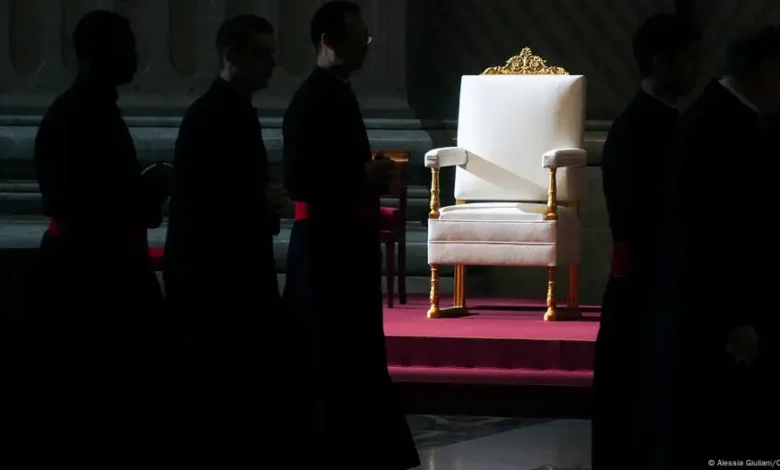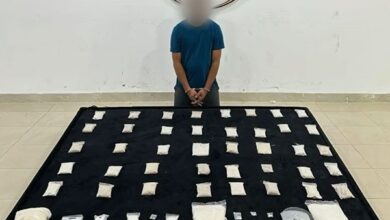
In the final years of his life, Pope Francis was not only preparing spiritually for the end, but also meticulously planning the details of his own funeral rites and burial—plans that would mark a profound break from centuries of papal tradition.
When Pope Francis passed away on Monday at the age of 88, he left behind a final testament that echoed the humility and simplicity that had defined his entire pontificate, according to dw.com
Long before his death, he made it clear that he did not wish to be buried in the grandeur of St. Peter’s Basilica, the traditional resting place of many popes, including his immediate predecessors. Instead, he requested a more modest and personal final resting place: the Basilica of Saint Mary Major in Rome.
In his candid autobiography Hope, published earlier this year, Pope Francis wrote: “When I pass away, I will not be buried in St. Peter’s, but in Saint Mary Major. The Vatican is the home of my final service—not my eternity.” This powerful declaration reflected his lifelong devotion to Mary and his desire for a simpler, more intimate legacy, far removed from the grandeur typically associated with papal funerals.
His chosen burial site holds deep spiritual significance. The pontiff requested that his remains be laid to rest near the statue of Maria Regina Pacis (Mary, Queen of Peace), located within Saint Mary Major Basilica. It was a location he visited frequently throughout his papacy, often seeking solace and guidance in quiet prayer before the Madonna. “Near that Queen of Peace, to whom I have always turned for help and whose embrace I have sought more than a hundred times during my pontificate,” he explained in his memoirs. “I have been assured that everything is ready.”
Even in moments of great personal hardship, Pope Francis remained emotionally tethered to that sacred place. Earlier this year, following a serious bout of double pneumonia that left him hospitalized for 38 days at Rome’s Gemelli Hospital, his first stop on the way back to the Vatican wasn’t home—it was Saint Mary Major.
Weak but resolute, he asked that his vehicle slow before the basilica so he could offer a silent prayer to the Madonna, even if only from the car window. It was a poignant testament to his enduring bond with the Virgin Mary and the place he had chosen as his eternal resting ground.
Francis’ final will and funeral plans reflect a consistent thread in his papacy: a deep resistance to extravagance, a preference for humility over hierarchy, and a pastoral heart rooted in personal faith rather than institutional pageantry. His burial in Saint Mary Major will stand as a symbolic conclusion to a life and leadership devoted to compassion, simplicity, and spiritual authenticity.
In choosing to part ways with the pomp of tradition, Pope Francis has not only redefined the image of the papacy in life—but also in death.












